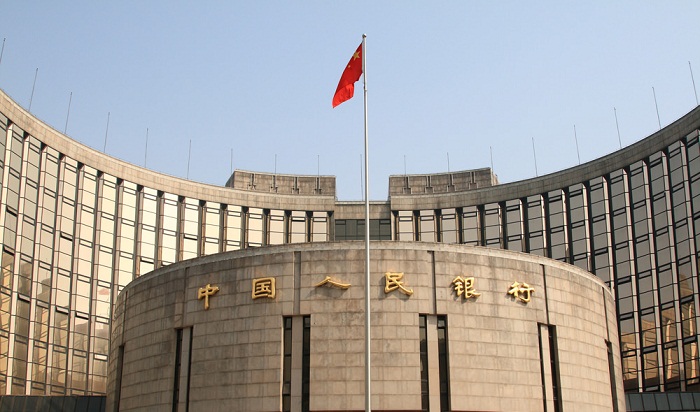The reverse repo was priced to yield 2.25 percent, unchanged from the yield of a net injection last week of 10 billion yuan using reverse repos, according to a PBOC statement.
The move aims to ease a short-term liquidity shortage, which was caused by drops in new yuan funds outstanding for foreign exchange. The most effective measure to ease liquidity would be to cut banks` reserve requirement ratio, Minsheng Securities analysts said in a report.
At the end of November, the new yuan funds outstanding for foreign exchange fell by 315.8 billion yuan from a month earlier, the second-largest monthly drop on record, according to the latest data from the central bank.
New yuan funds outstanding for foreign exchange refers to the amount of yuan Chinese banks put into the domestic market when they acquire foreign currencies from individuals or companies. It is an important indicator of foreign capital flow in and out of China as well as domestic yuan liquidity.
The indicator has been falling since the beginning of last year, except for the month of October, and the decrease reached 318.35 billion yuan in August, the largest monthly drop in history.
In Tuesday`s interbank market, the benchmark overnight Shanghai Interbank Offered Rate (Shibor), which measures the cost at which Chinese banks lend to one other, climbed by 0.3 basis point to 1.998 percent, a three-month high.
More about:
















































